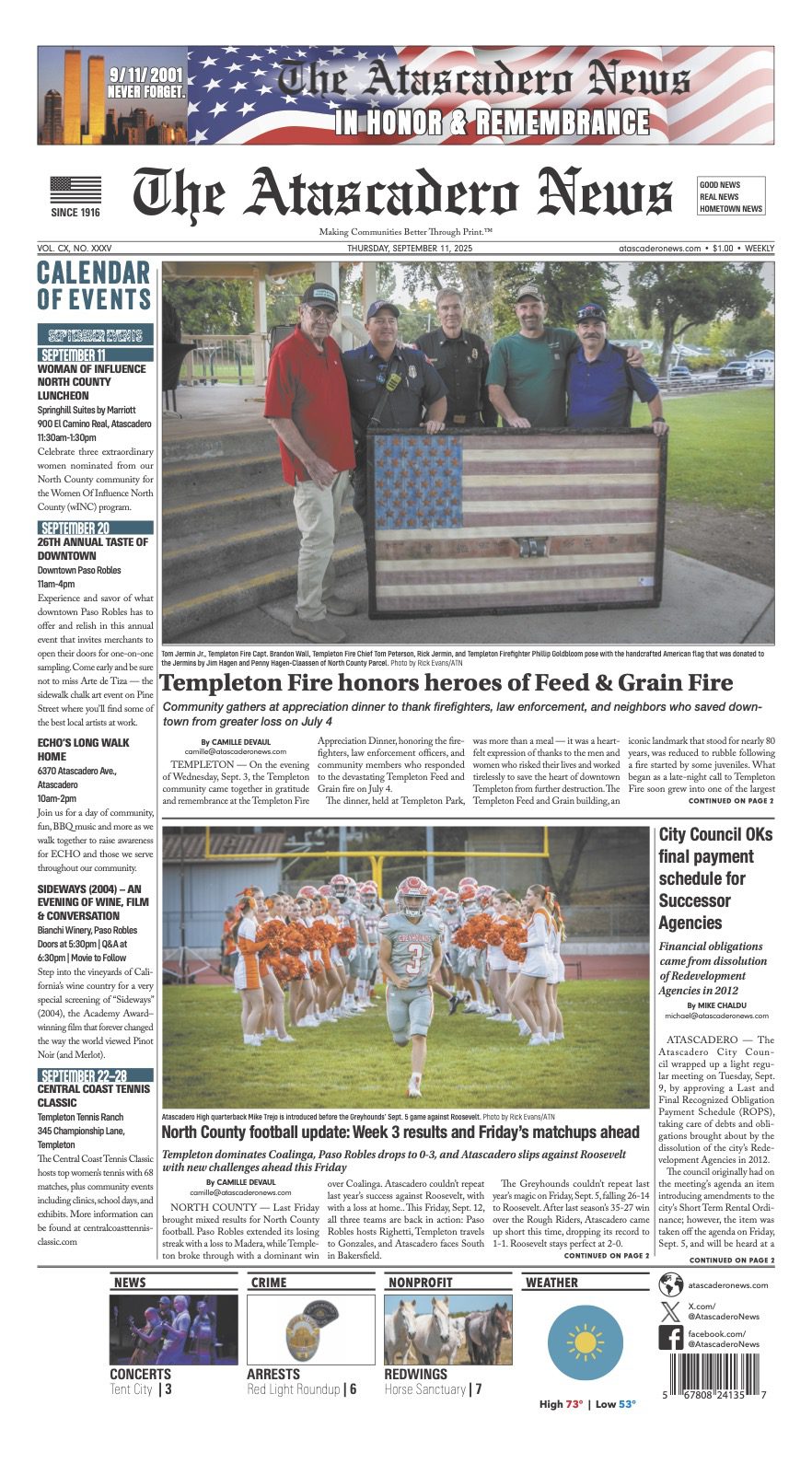County moves forward with action plan on affordable housing, homelessness, and community development
SAN LUIS OBISPO COUNTY — During their regularly scheduled meeting on Dec. 12, the San Luis Obispo County supervisors voted to extend the county’s shelter crisis declaration ordinance through Dec. 31, 2024.
“The proposed ordinance and update of the building and life and safety standards would remain in place in our county until Dec. 31, 2024,” said Homeless Services Division administrative services manager Laurel Weir. “The current ordinance and safety standards are set to expire on Dec. 31, 2023. Extention of the ordinance and safety standards will ensure the county can continue to move forward to increase the number of emergency shelter beds in the county due to the creation of non-congregant shelters and tiny home villages when developed on public facilities.
“The adoption of the ordinance facilitates the opportunity to create a more streamlined process for the creation of these and accelerates the development (on county-owned land).”
The ordinance passed unanimously.
Homeless Services Division Program Manager Marge Castle gave the supervisors a presentation on the annual action plan for SLO County in 2024 in regards to how the urban county will allocate federal grant funds — including community development block grants, home investment partnerships, and the emergency solutions grant that addresses the urban county’s housing, homelessness, and community development needs. The plan will be sent to the US Department of Housing and Urban Development. It is required that county staff gather public input about the county’s needs.
“Today’s hearing is required by the US Department of Housing and Urban Development,” Castle said. “The purpose of this hearing is to give the public an opportunity to express their views on both the needs of the community and the use of federal funds. Public input will be considered for the priorities of the 2024 action plan.”
Members of the community were able to give their input through an online survey, two virtual workshops held in October of this year, and the public meeting at the Dec. 12 supervisor’s meeting.
A survey for public comment was launched from Oct. 6 through Nov. 5. During that time, 348 people from all over the county responded to the survey. Ninety-four percent of the responses came from community members directly, while local government reps and non-profit organizations brought in the rest.
“Fifty-seven percent (of the survey takers) own their own residents, 41 percent rent their residents, and 2 percent have other living arrangements,” said Castle.
She also stated that 61 percenet of the residents surveyed spend 30 percent of their gross monthly income on housing. She also mentioned that 40 percent of those surveyed have not looked for housing since 2020 and that 85 percent had trouble finding housing when they looked.
In that section of the survey, 157 residents stated these reasons for difficulty finding housing: available housing options were outside their budget; competition from other renters or buyers; lack of housing options near work, school, family, or transportation; and difficulty meeting income or credit requirements.
Respondents said they wanted the main focus to be on creating affordable rental housing, the county’s top priority, and wanting a reduction in individuals and families experiencing homelessness.
Wendy Lewis, CEO and president of the El Camino Homeless Organization, addressed the board during public comment on the Action Plan, thanked staff for putting so much effort into the plan in a thoughtful way, and stated her support of the plan.
At the April 9, 2024, meeting, county staff will present the recommendations for the 2024 Action Plan to the Board of Supervisors for approval to submit the action plan to the U.S. Department of Housing and Urban Development.














